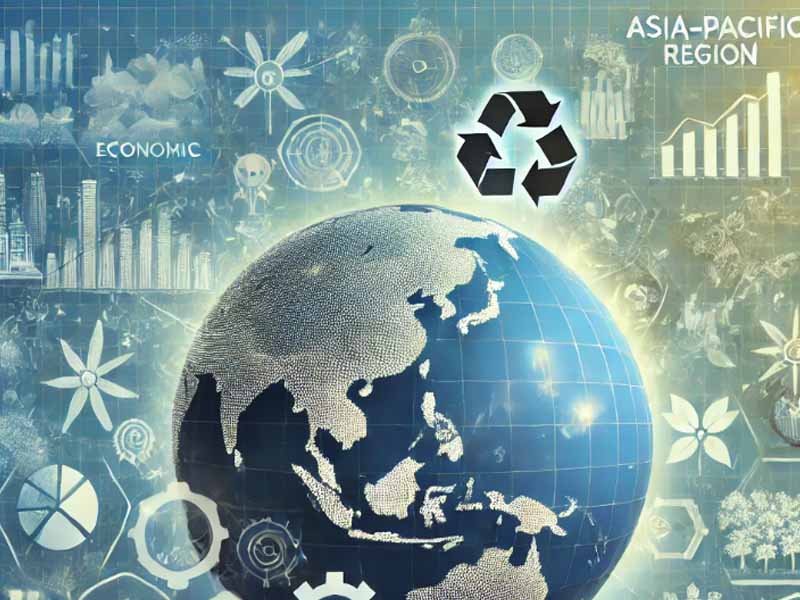
Resilienceapac – Slow growth is becoming a key concern for the Asia-Pacific region in 2025. According to the latest report from the Asian Development Bank (ADB), economic expansion in the region is expected to decelerate compared to previous years. While inflation is projected to ease to 2.9% a welcome relief following years of rising global food prices and high interest rates this slowdown presents significant challenges for long-term economic sustainability.
Despite inflationary pressures subsiding, slow growth threatens the economic momentum of key regional players, including China, Japan, and emerging markets in Southeast Asia. The region’s ability to navigate these hurdles will largely depend on how governments implement policies to maintain stability while pushing for sustainable development.
Slow growth in the Asia-Pacific is not solely a result of external economic conditions but also internal structural challenges. Many economies in the region are grappling with labor shortages, declining foreign investment, and increasing climate-related risks. Countries that rely heavily on exports, such as Vietnam and South Korea. Are experiencing reduced demand due to a sluggish global economy.
“Happy Christmas – Just for This Year!”
Moreover, achieving sustainable growth remains a significant challenge. While many governments have pledged to transition toward greener economies. High dependency on fossil fuels and slow adoption of renewable energy pose obstacles. Investments in sustainable infrastructure, digital transformation, and inclusive economic policies will be crucial to ensuring long-term resilience.
To combat the effects of slow growth, governments across Asia-Pacific are enacting various economic policies aimed at revitalization. Central banks are taking a cautious approach to interest rates, balancing inflation control with the need to stimulate growth. In addition, international partnerships and regional cooperation efforts. Such as the ASEAN Economic Community (AEC) and Indo-Pacific trade agreements, are being leveraged to foster economic stability.
Despite the current challenges, Asia-Pacific remains one of the most dynamic economic regions globally. With the right mix of policy adjustments, innovation, and sustainability-driven investments. The region has the potential to overcome slow growth and emerge stronger in the long run. However, without a clear commitment to addressing structural weaknesses, the road to economic resilience will remain uncertain.
“PT BGR Logistik: Solusi Logistik Digital Terdepan”
Resilienceapac - Best Island in Asia Pacific Bali has once again proven its status as a world-class destination by securing…
Resilienceapac - Empowering women has long been a crucial step toward achieving true gender equality. The Asia Pacific Forum on…
Resilienceapac - The AI Revolution is transforming industries at an unprecedented pace. With 50% of organizations now adopting Artificial Intelligence…
Resilienceapac - China's Market Shift is reshaping global trade dynamics as the nation actively reduces its dependence on the United…
Resilienceapac - Asia-Pacific Unites to tackle the escalating crisis of antimicrobial resistance (AMR), a pressing health challenge that threatens global…
Resilienceapac - BNPL Boom continues to reshape the financial landscape across Asia-Pacific, with the market surging by 14.5% in 2025…
